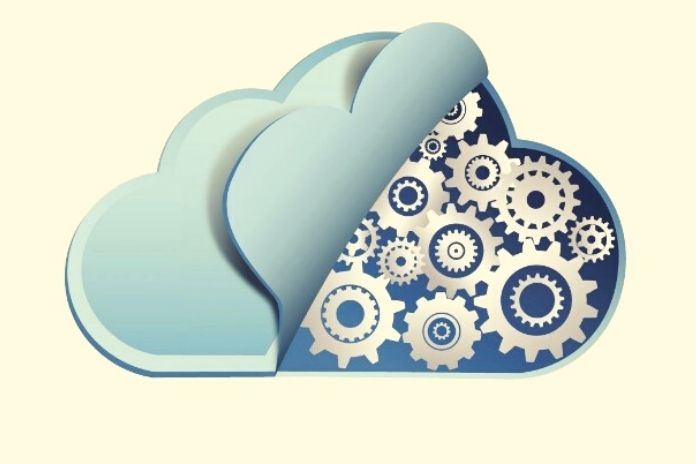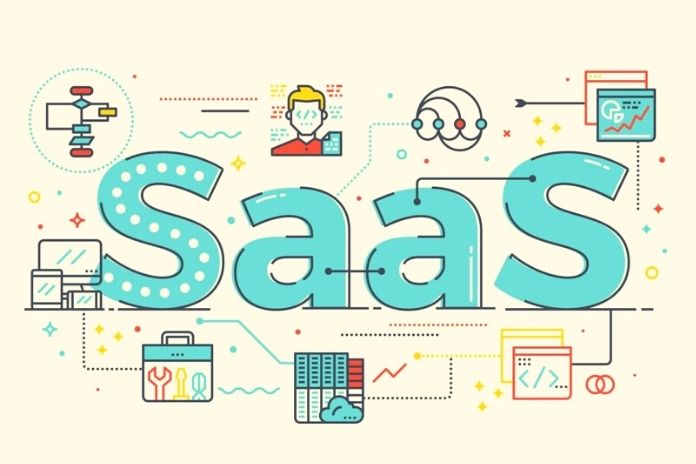G Suite- The possible uses of G Suite are diverse and range from Google Docs, Drive, Calendar and many other things. The G Suite includes the full range of office applications from Google in the cloud.
- The most important thing about Google Office applications from the cloud – G Suite.
- A total of around 700 security experts work with AI systems to protect their customers’ applications.
- 74% of the time users spend on Google Docs is collaborative.
G Suite: Data Protection
With the relocation of some sensitive data and corporate communication to the cloud, many companies are asking themselves the question of data protection. In certified data centers that meet global standards, the information in G Suite remains encrypted and cannot be viewed by third parties. In addition, companies can decide for themselves at which locations their static data is stored – whether only Europe, or worldwide.
G Suite Security
G Suite uses the same infrastructure as all other Google services. As a result, corporate customers can build on the same security standards that Google uses: Over 700 security experts work with AI systems to protect the infrastructure, for example, with clever and self-learning spam filters that also reliably detect and block phishing attacks.
G Suite
The G Suite includes the full range of office applications from Google in the cloud. These include the Gmail email program and the Hangouts video conference and instant messaging service, with which colleagues and business partners are often just a click away. With Google Docs, multiple users can work together on documents, spreadsheets or presentations in real-time – everything is always available in the Drive storage solution. Appointments and meetings can be organized quickly and easily in the Google Calendar. G Suite is entirely in the cloud, which means it is available anytime, anywhere.
Google Docs
Seventy-four per cent of the time users spend on Google Docs is collaborative. Whether with the person sitting next to you or with colleagues in the field: With Google Docs, documents, tables or presentations can be edited and commented on in real-time. With an unrestricted processing history, everyone can keep track – even with many users. Google Docs is available in the browser or via the app without any additional software.
Google Drive
With the Google Drive storage solution, files can be organized for all employees. User groups can be defined and quickly activated for folders or individual documents thanks to simple sharing settings. With the enterprise model, companies even enjoy unlimited storage space. The cloud solution enables access from anywhere in the world with low latency and from any device. Artificial intelligence also helps to find files that are relevant to deadlines and users.
G Suite – Smart Communication
A large part of the communication via email or company chats works with frequently used standard responses such as “Thank you!”, “I’ll take care of it”, or “That sounds good, let’s do it”. In G Suite, artificial intelligence saves users time by offering these standard responses with Smart Reply as a quick selection to match the message. Smart Compose supports users in formulating statements and can automatically complete sentences. In this way, users can concentrate even better on the essentials.
With Google Docs, multiple users can work together on documents, spreadsheets or presentations in real-time – everything is always available in the Drive storage solution. With an unrestricted processing history, everyone can keep track – even with many users. In this way, users can concentrate even better on the essentials.
ALSO READ: Online Shop: 3 Eliminate Risks In The IT Infrastructure










